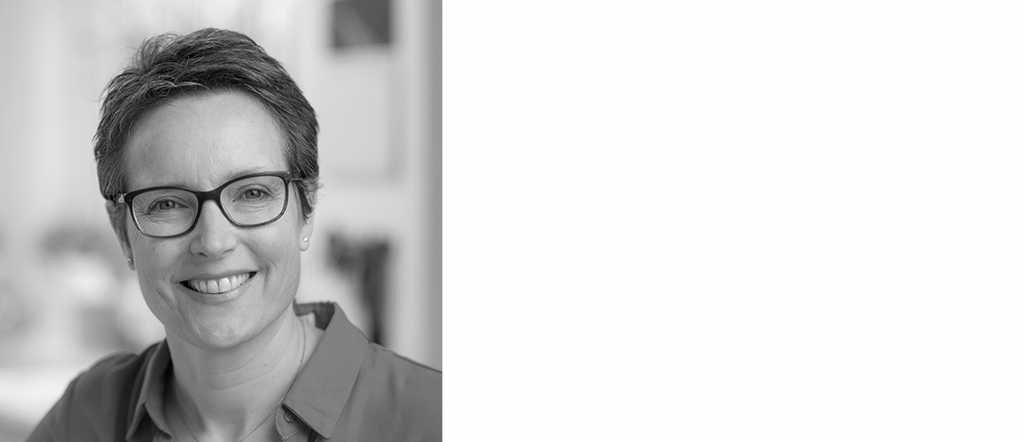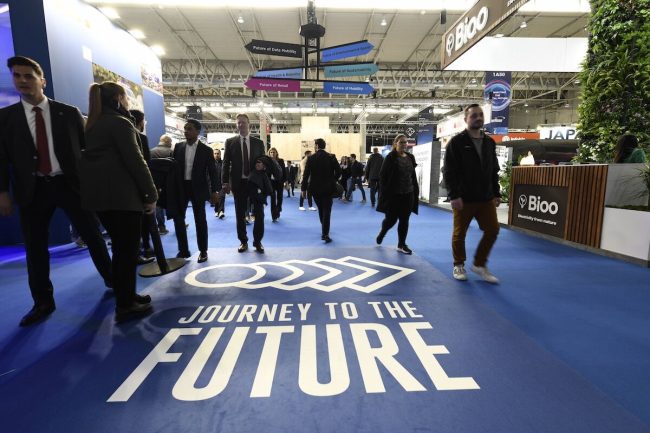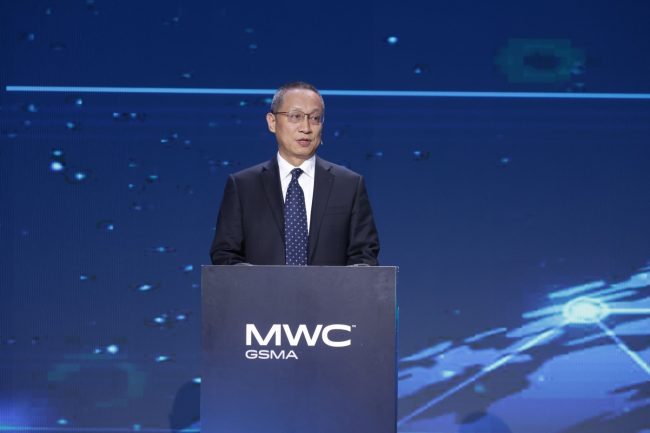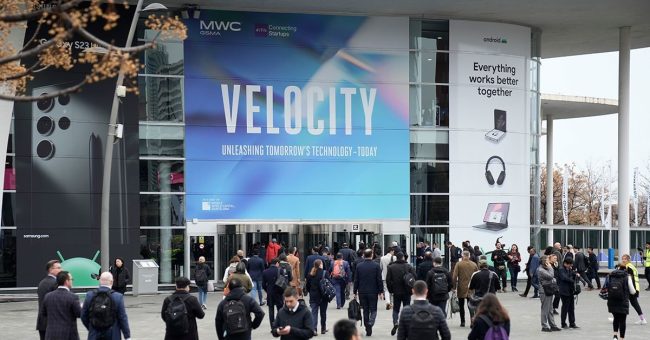“Live events can’t be replaced.”
During MWC 2023, we were lucky enough to sit down with VP of Sales for GSMA, Sarah Wiggin, to get her take on how the show had gone and what the future holds for live events.

Why is MWC important?
It’s a global event with over 50% senior-level attendees, which means people have effective meetings at the show and get business done. MWC is about convening as an industry and exploring partnerships and business relationships and, ultimately, shining a spotlight on what the future holds for connectivity.
Who is MWC for these days? Has the audience changed and, if so, how?
It’s definitely changed as the industry has changed. Good events should always be reflective of the industry they serve. The event used to be a heavy, only-telco focussed exhibition called 3GSM, quite a techie name reflecting the techie nature of the show back then. Then as mobile became ubiquitous it was renamed Mobile World Congress putting the emphasis on mobile, but now it’s called MWC. We lessened the mobile connotation to reflect the event’s current broader positioning as it attracts a wider ecosystem, including the vertical industries. Mobile provides huge opportunities for other sectors undergoing digital transformation, that’s where we’ve seen the largest growth. We’ve now got attendees from other industries such as manufacturing, healthcare, auto and retail who come to the show, keen to learn what mobile means for them. The original telco mobile core is still in attendance but there are also these new vertical attendees as well.
A lot of consultancies base themselves in Hall 4, named the Industry City hall, hoping to capture these new types of attendees which we’re seeing come through. Industry City really showcases the services and software around those vertical industries. You’ll see consultancies such as Accenture, Price Waterhouse Cooper, McKinsey and Boston Consulting – they are the system integrators which sit between the telco industry and the new enterprise industry, helping to bring together those two pieces of the ecosystem.
We also now have a strong innovation piece to MWC called 4YFN (Four Years From Now). This collocated event showcases the innovation within mobile – connecting start-ups with venture capitalists and accelerator programmes. If you go up to hall 8.1 where 4YFN is located you’ll see a very different attendee as it has an entrepreneurial vibe and focus.

How important is it for brands to deliver something at the show which visitors couldn’t get in front of a screen?
I think Covid-19 showed us that virtual doesn’t always work, people need face to face interaction and the live demo piece is really important – you need to touch it, feel it, see it. I think a lot of the brands here almost recreate their headquarters at MWC for four days – their stand becomes a mini HQ. They bring not only their demos and products but also their experts and senior leaders too.
Who’s done MWC well this year?
Companies do it differently depending on their offering. But I think the ones who do it really well take the audience on a journey and don’t just have all their products/services out on show, they tell a story instead and give their demos context with real life user cases.
Who’s brought new and different approaches?
We’ve got exhibitors such as Neom, Segway, Fujitsu and the Boston Consulting group with us for the first time this year. We’ve also got new sponsors like Kyndryl and JP Morgan who’ve decided to have their branding in Industry City to align themselves with the fintech verticals. The sponsorship means they get a speakership (giving a thought leadership piece), a bespoke meeting set up service and a roundtable/networking opportunity too. So they have multiple touch points with the audience, giving them as much reach as possible.
Have you found the speaking slots have been sought after?
Yes, absolutely. We are always over subscribed. Companies want to put themselves at the forefront of whatever industry, topic or service they’re selling/selling to – they want to show that they’re ahead of the game and illustrate what the future might be. Speaking enables them to do that. The journalists attend a lot of the speaking sessions which bring valuable PR and media coverage.

How do people make the most of their space?
It can’t just be about the stand, if you treat it in isolation you’ll miss a lot of the opportunity. You have to be organised, yes there will be walk ons and spontaneous meetings but it’s the work you put in before the event that counts, you have to get the meetings lined up as people’s diaries are packed once they’re here.
There are different ways you can enhance your presence, speaking is one, sponsorship, the meeting set up service and roundtables are others, we’ve also got theatres available for rent so companies can put on their own event while at MWC. A lot of brands do that when they’ve got a product to launch and hold a mini press event onsite – the media love it!
On the upper walkway there’s a different kind of exhibition space – the gardens – Salesforce, Amazon, Wall Street Journal and ServiceNow are there. These spaces feel unique, they’re more hospitality focussed, and allow for great networking opportunities, receptions and more informal meetings.
How has exhibition stand design changed over time?
I think stands have become more open and collaborative which is representative of our office environments post-Covid-19. Stands in Hall 3 don’t have barriers to visitors walking on to encourage people to join, some have even got a café-type feel or mini theatres set up. Others, like in Hall 2, are closed or invite-only so are more of a destination for visitors. At the end of the day, it depends what you’re trying to achieve.

Has the event changed since the pandemic and have you done anything differently as a result?
We replaced badges with facial recognition technology which contributed to a touchless environment during Covid-19, and we have kept that for entry purposes.
As organisers, our priorities have changed since Covid-19 – travel budgets are squeezed nowadays so it’s not so much about the number of people who attend, it’s more about the quality of companies and attendees. In the past companies would have sent 50 people, now they’re sending 20-30 people but they’re the right 20-30 people, they tend to be more senior and decision makers. Pre-Covid-19 we would have heavily promoted the total attendee number, but now we emphasise the quality not just the quantity of our audience.
How is the show promoting sustainability?
We’re the largest tech show to be carbon neutral – we’re got a rigorous carbon offset policy. We also encourage registrants to offset their own carbon footprint. We use a third party to measure carbon footprint – either as an attendee or the show as a whole and there are ways in which to offset that, for example planting trees. We take it very seriously.
The fact we have virtual badges was a conscious decision to be more sustainable. Exhibitors are encouraged to be paperless and have digital material/handouts.
We work with the venue too, so leftover catering goes to charity and we also have a donation programme which enables stand items, which might otherwise go to waste, to be taken to local schools or charities.
What do you see as the future for live events like MWC?
I think the pandemic proved live events have an important part to play – virtual isn’t the same as in-person. We’ve seen a bounce back quite quickly since Covid-19, as it proved live events can’t be replaced. For MWC specifically, I think audience demographics will continue to change, as the industry progresses and evolves it will bring different players – particularly from the vertical industries, as mobile touches so many aspects of our lives. We’re only going to use mobile technology more and more in future so the event will continue to grow.

Let’s talk
If you’d like to discuss a future brand experience project, contact us to make the most of moments that matter. Let us help with your brand experience.
More reading:
Better briefs: Top tips to inspire
Start with the story. Strive for simplicity.
DBA Interview: Building on 25 years of success